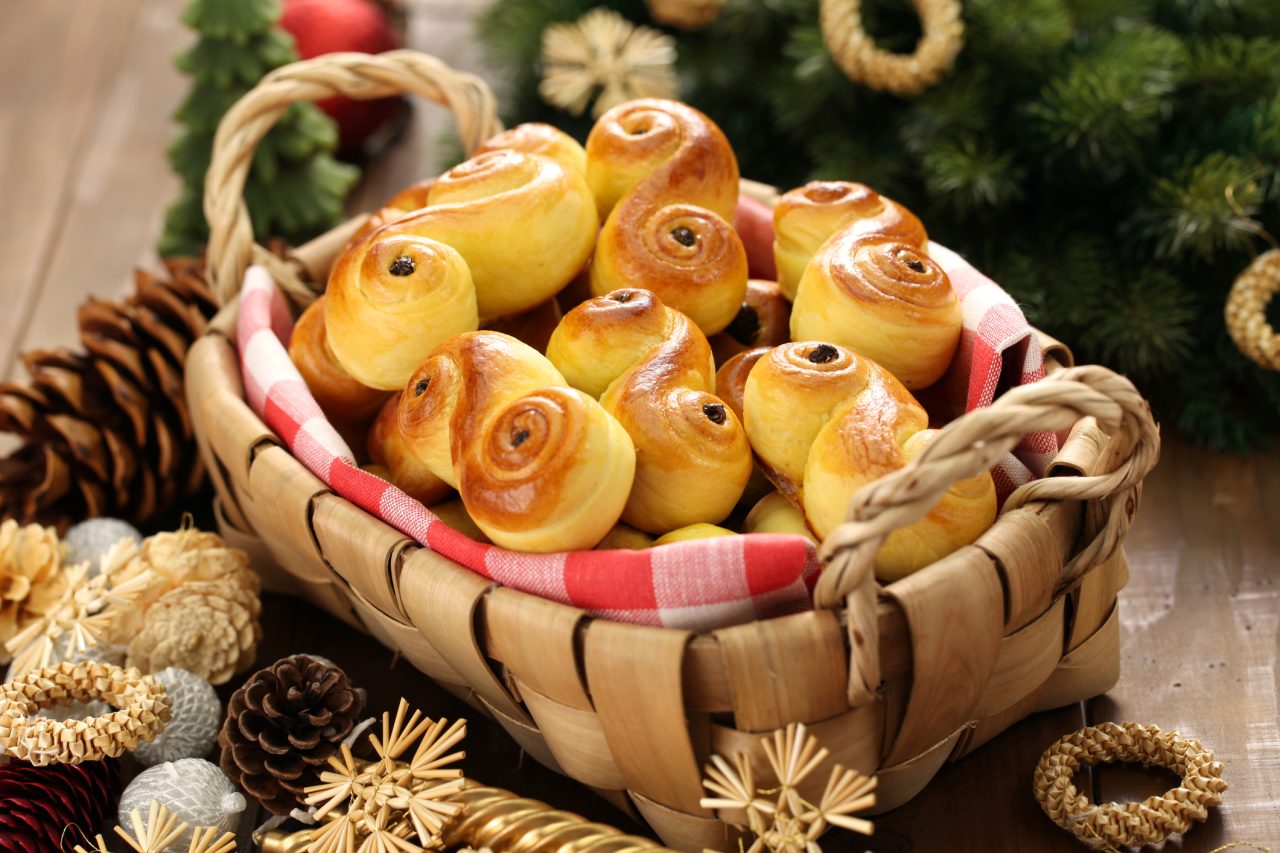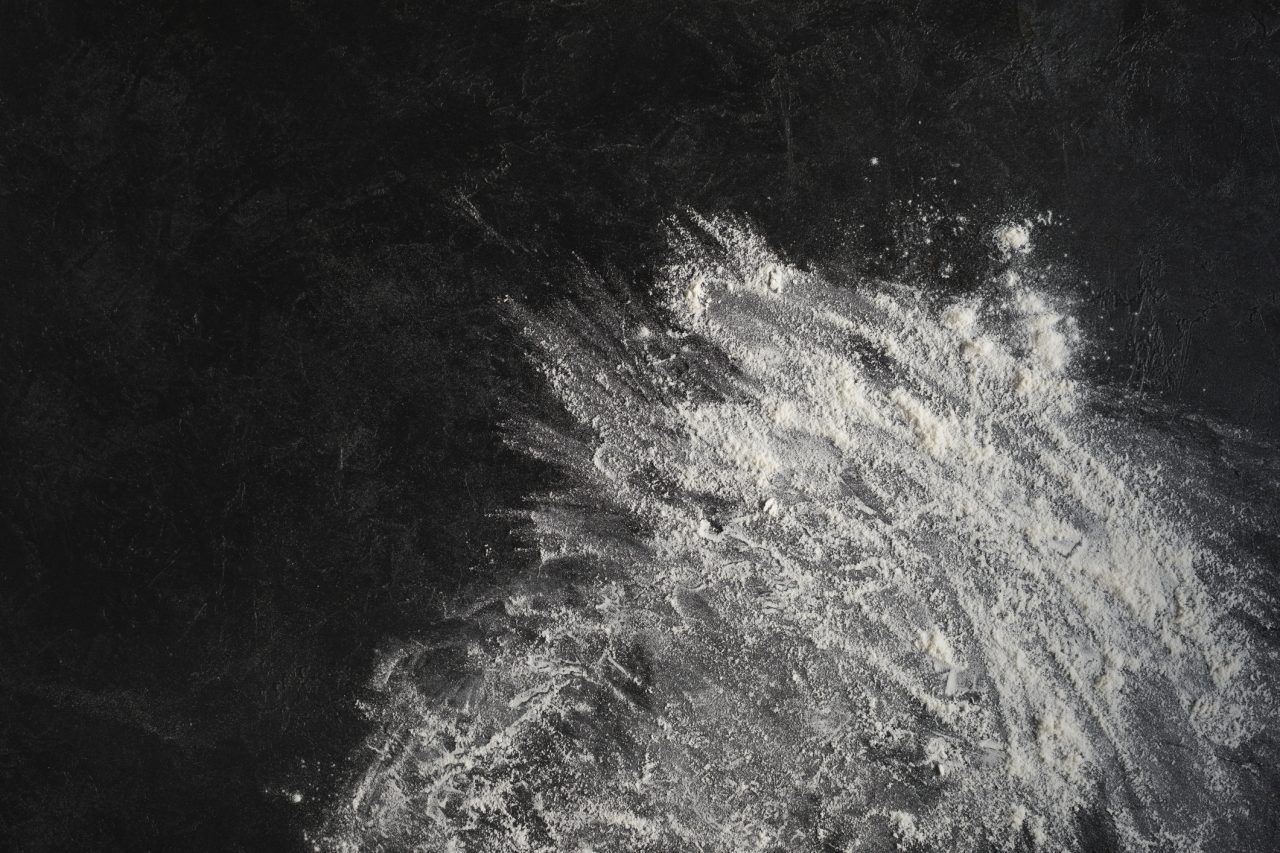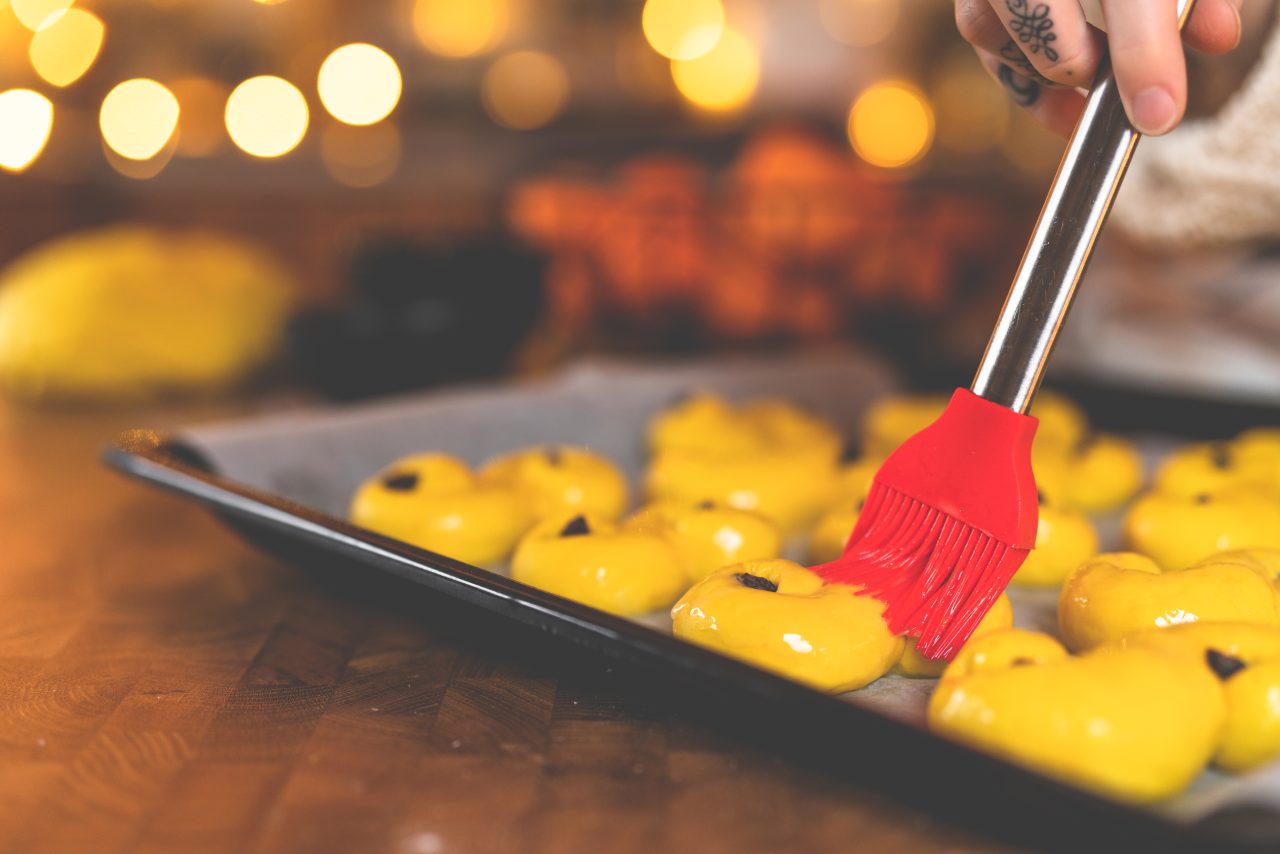Why are they called St. Lucia buns?
The night of December 13th is called Lussinatt, and according to old legend, it was a scary night where light and darkness would fight each other. The Julian calendar considered Lussinatta the longest night of the year, the winter solstice. Lussinatta, with its long night, was the beginning of the Christmas period, when the supernatural being Lussi could spread chaos.
It was her job to check that everything was ready for the Christmas celebrations, and if it wasn’t she would get very angry. The creature Lussi was believed to always have a black cat at her heels. At the same time, we celebrate St Lucia’s Day on the 13th of December, in memory of Saint Lucia from the Catholic faith. These two traditions have been mixed together in modern times.






